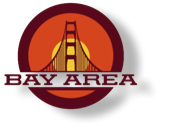
Bay Area Car Float Operations
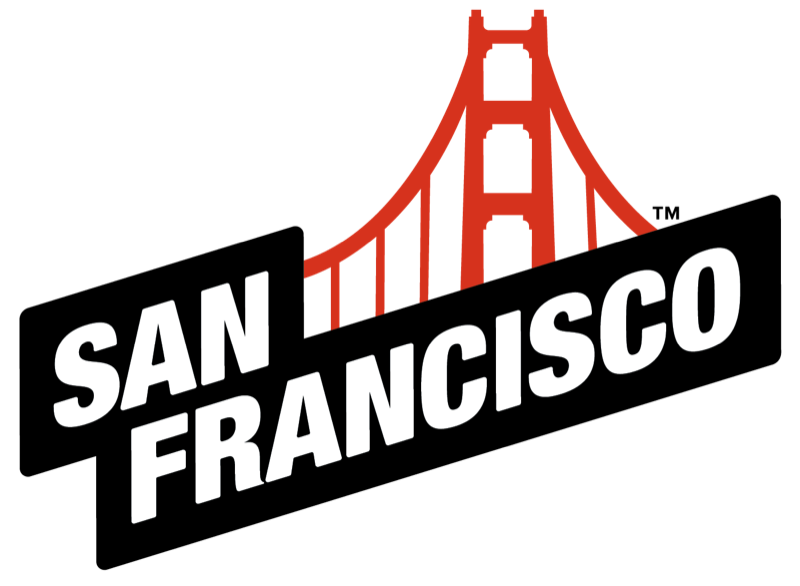
Lynn’s Bay Area car float operations is actually two separate layouts, each with two different railroads. The whole railroad is proto freelanced based on the bay area car float operations in the 1970’s, that Lynn observed from the US Navy mine sweeper on which he served as Engineering Officer and acting Executive Officer.
There are four different railroads, Western Pacific and Santa Fe on the San Francisco side of the Bay; and the Southern Pacific and Alameda Belt Line on the Oakland side. All the jobs are 2 person crews, engineer and conductor. Crews also have the option to use Proto Throttles on 2 of the jobs (only 2 Proto Throttles available), or can elect to use standard NCE wireless throttles. Crews are issued switch lists to complete the work assigned.
The Santa Fe, Western Pacific, and Alameda Belt jobs all switch out car floats and crews have to follow specific instructions for loading and unloading.
Both the Western Pacific and Santa Fe have staging tracks to interchange cars with the State Belt in San Fransisco. The Southern Pacific and Alameda Belt interchange cars on the Oakland side.
The most challenging jobs are the Santa Fe and Alameda Belt, the Western Pacific is next, followed by the Southern Pacific. There is no fast clock and it typically takes crews 2-3 hours to complete all the work.
There are four different railroads, Western Pacific and Santa Fe on the San Francisco side of the Bay; and the Southern Pacific and Alameda Belt Line on the Oakland side. All the jobs are 2 person crews, engineer and conductor. Crews also have the option to use Proto Throttles on 2 of the jobs (only 2 Proto Throttles available), or can elect to use standard NCE wireless throttles. Crews are issued switch lists to complete the work assigned.
The Santa Fe, Western Pacific, and Alameda Belt jobs all switch out car floats and crews have to follow specific instructions for loading and unloading.
Both the Western Pacific and Santa Fe have staging tracks to interchange cars with the State Belt in San Fransisco. The Southern Pacific and Alameda Belt interchange cars on the Oakland side.
The most challenging jobs are the Santa Fe and Alameda Belt, the Western Pacific is next, followed by the Southern Pacific. There is no fast clock and it typically takes crews 2-3 hours to complete all the work.
Layout at a Glance
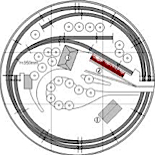
Layout at a glance
- HO scale
- Set in fall 1970s
- NCE wireless and ProtoThrottles
- Switch lists
- No fast clock
About the Layout Owner
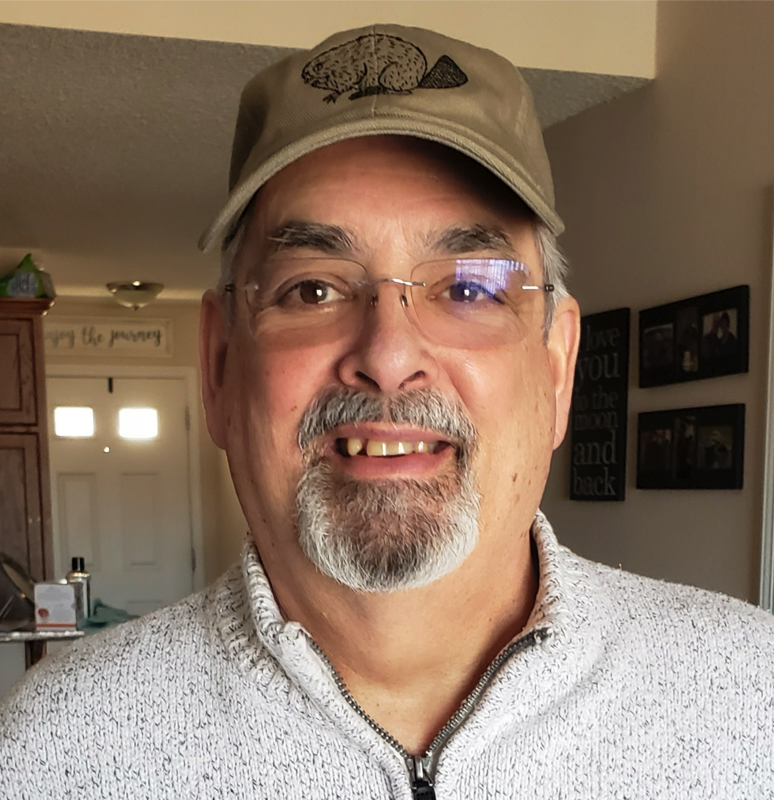
About the Layout Owner
I grew up in Chase County, Kansas. The Santa Fe went through Chase County and a few of the people in the county worked for the railroad. Emporia, the closest “city” was the home of one of the largest livestock operations in the United States. My father was an attorney whose family had many railroaders and I worked summer help for the Santa Fe in the North Broadway yard in Wichita and in Newton. Those were my railroad influences.
My wife Sue met Mike Porter’s wife Sue in a water exercise class at the YMCA around 2010. That encounter led to an introduction to Mike and an invitation to his layout. I already had built two layouts that were round and round layouts for one person operation. Mike's operations-oriented layout was just what I was looking for, but it was so big! I knew I needed something smaller, more affordable. I could never build something like that.
Mike got me involved in working on scenery on his layout. I met Dan Munson and the rest is history. The story is too long to tell here, but Mike and Dan have mentored me. Dan took my ideas and turned them into track plans. We’ve found ways to fit my financial situation with used equipment and I’m having more fun than I can describe!
The best friends of my life have been the result of this hobby. A man should consider himself blessed to have one or two good friends. I’ve been blessed with several because two people with big hearts both, for the hobby and for people, reached out. I hope all of you will too!
My wife Sue met Mike Porter’s wife Sue in a water exercise class at the YMCA around 2010. That encounter led to an introduction to Mike and an invitation to his layout. I already had built two layouts that were round and round layouts for one person operation. Mike's operations-oriented layout was just what I was looking for, but it was so big! I knew I needed something smaller, more affordable. I could never build something like that.
Mike got me involved in working on scenery on his layout. I met Dan Munson and the rest is history. The story is too long to tell here, but Mike and Dan have mentored me. Dan took my ideas and turned them into track plans. We’ve found ways to fit my financial situation with used equipment and I’m having more fun than I can describe!
The best friends of my life have been the result of this hobby. A man should consider himself blessed to have one or two good friends. I’ve been blessed with several because two people with big hearts both, for the hobby and for people, reached out. I hope all of you will too!
Jobs on the Layout
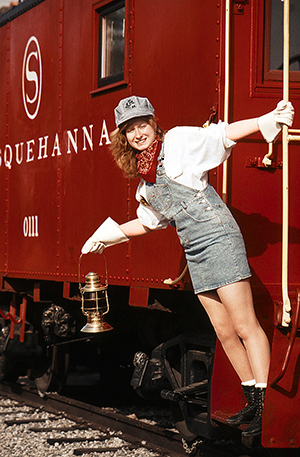
Jobs on the Layout
There are four railroads represented on the layout the Atchison Topeka and Santa Fe, the Western Pacific, the Southern Pacific and the Alameda Belt Line.
There are two jobs on each railroad: engineer and conductor. Numbers will be drawn for the order in which jobs are selected. As your number is selected you will pick a railroad and a position. Engineer and conductor are free to switch off at any time. Consent must be mutual. Disagreements will be settled outside.
Engineer - operates the throttle, either an NCE Cab 06 or a Proto throttle. Your choice, however, there are only two Proto throttles, so it’s first come, first served.
Conductor - all work is done from a switch list. A job description will be provided. The SP is the simplest operation on the layout because there is no car float on this railroad. The ATSF, WP, and ABL will have car float operations which will involve weighing cars and loading the car floats in accordance with California car float regulations (simplified).
There are two jobs on each railroad: engineer and conductor. Numbers will be drawn for the order in which jobs are selected. As your number is selected you will pick a railroad and a position. Engineer and conductor are free to switch off at any time. Consent must be mutual. Disagreements will be settled outside.
Engineer - operates the throttle, either an NCE Cab 06 or a Proto throttle. Your choice, however, there are only two Proto throttles, so it’s first come, first served.
Conductor - all work is done from a switch list. A job description will be provided. The SP is the simplest operation on the layout because there is no car float on this railroad. The ATSF, WP, and ABL will have car float operations which will involve weighing cars and loading the car floats in accordance with California car float regulations (simplified).








